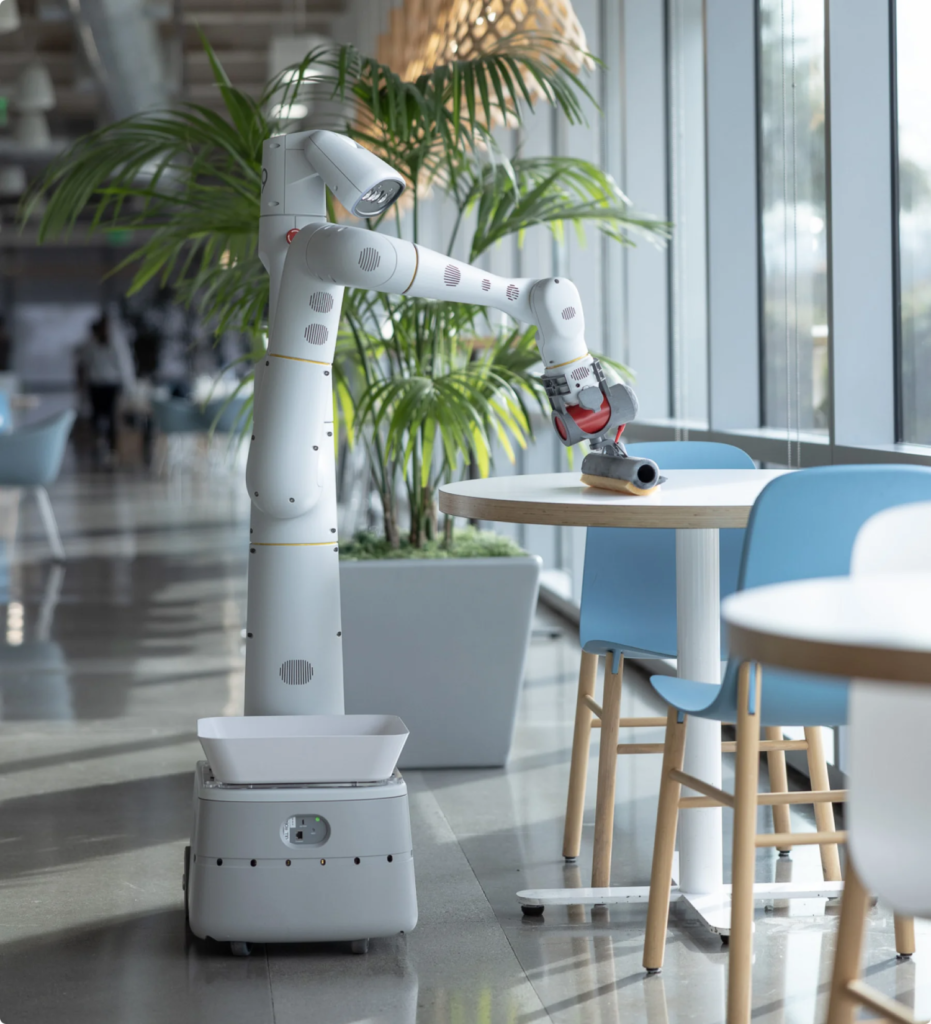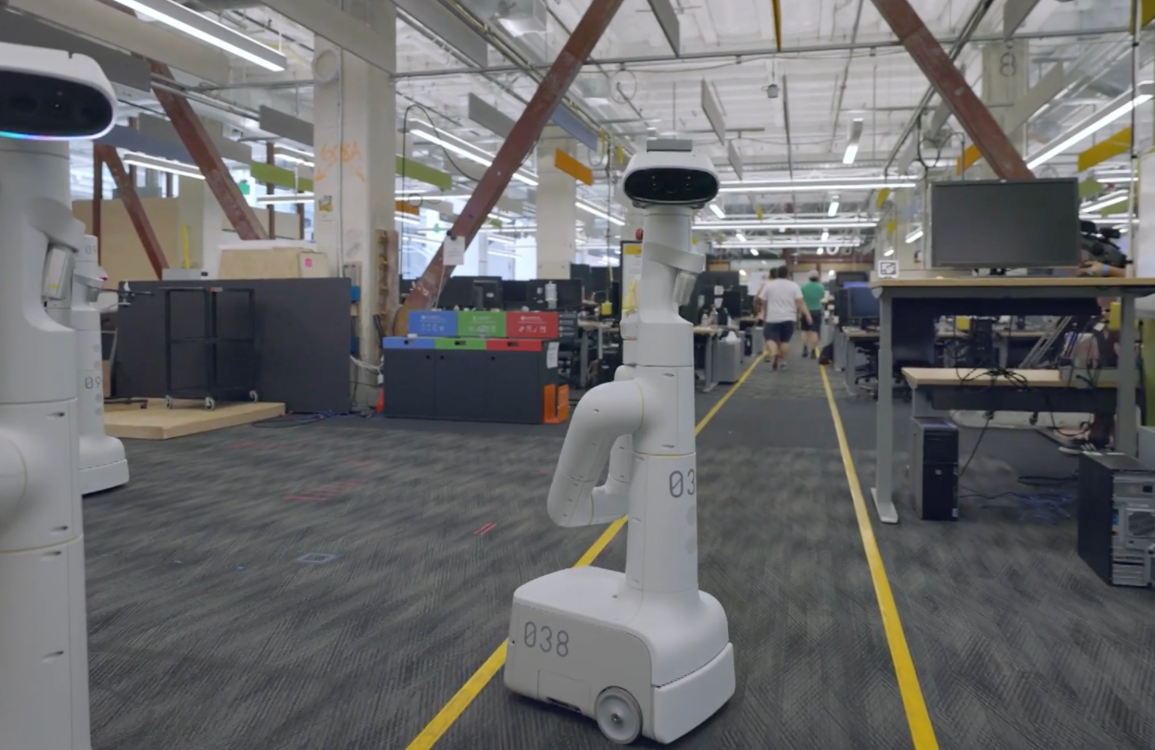Last Updated on July 12, 2024 by teamyantragyan
It was two years ago that Alphabet’s Moonshot Factory announced plans for building “Everyday Robots.” According to the Everyday robot project, they were making robots that can safely operate in human environments.
For these robots to be useful day to day, they need to understand and make sense of the spaces where we live and work. today they updated about the real-world office testing. But building robots that “can learn by themselves” is the objective, not just building machines to perform tasks programmed for specific environments.
The company announced that its everyday robots project, a team within its experimental X labs dedicated to creating a general purpose learning robot has moved some of its prototype machines out of the lab and into Google’s Bay Area campuses to carry out some light custodial tasks.
We are now operating a fleet of more than 100 robot prototypes that are autonomously performing a range of useful tasks around our offices, The same robot that sorts trash can now be equipped with a squeegee to wipe tables and use the same gripper that grasps cups can learn to open doors.”– said Everyday Robot’s chief robot officer Hans Peter Brøndmo
About “Everyday robot”.
These robots have a large wheeled base with a column sticking out. At the very top is a multi-camera array, while a spinner LIDAR sensor (with help from Waymo) is below to “take in the world around them.”
The robots can transfer “learning from the virtual world to the real world.” For example, complex tasks (e.g., opening a door) can now be learned in a day with a higher success rate than five years ago when grasping objects “took the equivalent of four months.”
Halfway up is a robotic arm that has a multi-purpose “gripper” at the end. That particular attachment can grasp cups or other trash for sorting, as well as open doors (to see if a conference room needs to be cleaned or if it is missing chairs). A squeegee can also be attached to clean cafeteria tables.

The everyday robot team imagines a future where robots work alongside humans to simplify everyday tasks but I think this step will entirely be more costly than humans performing the same task. And robots working as efficiently as humans will definitely take some time to develop.
Is that what is going to happen? I suppose the executives of the company will decide someday if it is worth it or not spend millions of dollars on just making machines do random cleaning work which can easily be done by humans and at a cheaper rate.

Leave a Reply
You must be logged in to post a comment.